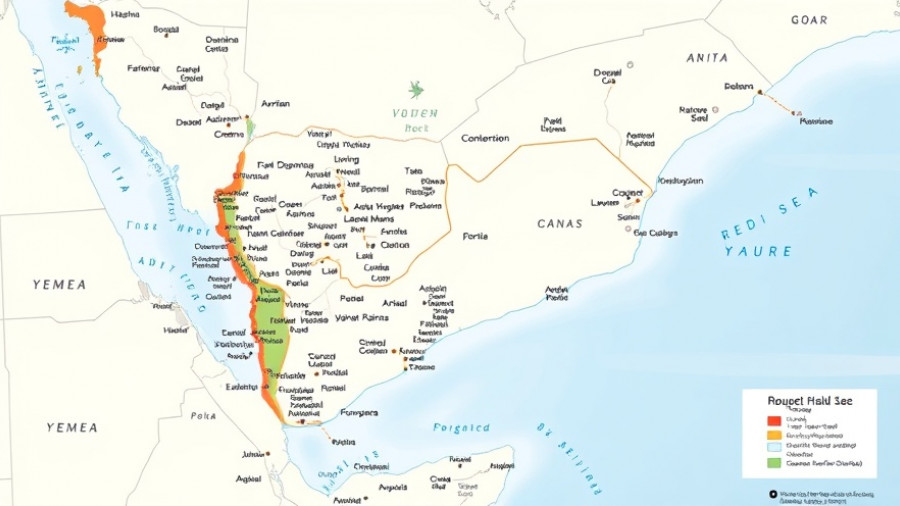
AI Training Data Set Raises Concerns Over Privacy
Millions of images containing sensitive personal data have been discovered within DataComp CommonPool, one of the largest AI training data sets available. This issue has emerged from a recent study examining just 0.1% of this vast repository, revealing a treasure trove of personally identifiable information (PII) from documents such as passports, credit cards, and driver's licenses. The ramifications of these findings cannot be overstated, especially in today's innovation-driven tech landscape where ethical practices stand at the forefront of emerging technologies.
The Scope of the Issue: What’s Really Inside DataComp?
In the small subset audited, researchers identified thousands of validated identity documents alongside over 800 authentic job application documents. Sensitive information unearthed included not only birth dates and addresses but also disability statuses and race—a stark reminder of how our digital footprints can be exploited. With this data scraped from the web, the study estimates that there are potentially hundreds of millions of such images lurking within this open-source dataset meant for training image generation models.
Why This Matters: The Intersection of Innovation and Responsibility
The urgency highlighted by this research is not just about data breaches but fundamentally challenges the core ethical framework of AI development. William Agnew, a co-author of the study and an AI ethics fellow at Carnegie Mellon University, aptly summarizes the risks: "Anything you put online can [be] and probably has been scraped." For professionals across industries—healthcare, finance, tech, and beyond—this indicates a pressing need for tighter regulations and more transparent practices to protect user data.
Reflections on the Future: Navigating Ethical AI
As AI continues to evolve, the conversations we have today about transparency and ethical data usage will shape the innovations of tomorrow. Tech professionals must not only focus on harnessing these technologies for growth but also consider the implications of their development. The consequences of using sensitive data without consent risk undermining public trust in these transformative technologies.
Taking Action: Insights for Professionals
For mid-to-senior professionals eager for actionable insights, this ongoing concern over data usage within AI training presents an opportunity to advocate for change. Engaging in discussions on responsible tech usage can lead to the establishment of comprehensive guidelines in your organizations. Consider this a call to support initiatives that prioritize data ethics, balancing innovation with integrity.
 Add Row
Add Row  Add
Add 




Write A Comment